Description
Activated Carbon: The Unsung Hero of Gas Purification
In a world increasingly concerned with air quality and industrial efficiency, the process of gas purification has become more critical than ever. While various technologies exist for removing pollutants and unwanted components from gas streams, one stands out for its versatility, cost-effectiveness, and widespread applicability: activated carbon.
Often overlooked, activated carbon quietly works behind the scenes in a multitude of applications, from removing harmful contaminants from the air we breathe to refining industrial gases for specialized processes. But what exactly is activated carbon, and how does it achieve its remarkable gas purification capabilities?
What is Activated Carbon?
Activated carbon is a form of carbon that has been processed to significantly increase its surface area. This is achieved by exposing the material, typically sourced from carbon-rich materials like coconut shells, wood, coal, or peat, to high temperatures and activating agents such as steam or chemicals. This process creates a vast network of pores and crevices throughout the carbon structure, resulting in an incredibly high surface area – often ranging from 500 to 2500 square meters per gram!
Imagine unfolding a single teaspoon of activated carbon; it could potentially cover half a football field! This immense surface area is the key to its effectiveness as a gas purification agent.
The Science Behind the Sorption:
Activated carbon works primarily through a process called adsorption. Unlike absorption, where a substance is integrated into the bulk of another, adsorption involves the adhesion of molecules of a gas or liquid onto the surface of the activated carbon.
The attraction between the activated carbon surface and the contaminant molecules is driven by various forces, including:
- Van der Waals forces: Weak, short-range forces that attract all molecules.
- Electrostatic forces: Attraction between oppositely charged molecules.
- Chemical bonding: In some cases, a stronger chemical bond can form between the activated carbon and the contaminant.
The contaminants, effectively trapped within the pores of the activated carbon, are thus removed from the gas stream.
Applications of Activated Carbon in Gas Purification:
The versatility of activated carbon has led to its widespread use in a diverse range of applications, including:
- Air purification: Removal of volatile organic compounds (VOCs), odors, and other pollutants from indoor air, industrial emissions, and vehicle exhaust. Air purifiers, industrial scrubbers, and gas masks all rely on activated carbon.
- Industrial gas purification: Purification of gases like nitrogen, hydrogen, and carbon dioxide for use in chemical processes, electronics manufacturing, and food processing.
- Wastewater treatment: Removal of organic contaminants and chlorine from water, often as a final polishing step after biological treatment.
- Biogas upgrading: Removal of carbon dioxide and hydrogen sulfide from biogas to produce biomethane, a renewable energy source.
- Landfill gas treatment: Removal of harmful pollutants from landfill gas before it is used for energy generation.
- Medical applications: Activated carbon is used in certain medical treatments for adsorbing toxins from the body.
Advantages of Using Activated Carbon:
Several advantages contribute to the popularity of activated carbon for gas purification:
- High efficiency: Activated carbon can remove a wide range of contaminants with high efficiency.
- Cost-effectiveness: Compared to some other purification technologies, activated carbon is relatively inexpensive.
- Versatility: It can be used to remove a wide range of contaminants from various gas streams.
- Ease of use: Activated carbon systems are relatively simple to operate and maintain.
- Environmentally friendly: Activated carbon can be produced from renewable resources, and spent activated carbon can be regenerated or disposed of safely.
Challenges and Future Directions:
While activated carbon offers significant benefits, some challenges remain:
- Regeneration or Disposal: Spent activated carbon needs to be either regenerated (re-activated) or disposed of properly. Regeneration can be energy-intensive, and disposal requires careful handling.
- Selectivity: While effective at removing a broad range of contaminants, activated carbon may not be highly selective for specific pollutants.
- Moisture sensitivity: High humidity can reduce the effectiveness of activated carbon, especially for adsorbing volatile organic compounds.
Ongoing research focuses on addressing these challenges by:
- Developing more efficient and sustainable regeneration methods.
- Creating activated carbons with improved selectivity for specific pollutants.
- Modifying activated carbon surfaces to enhance its performance in humid conditions.
Conclusion:
Activated carbon plays a vital role in ensuring cleaner air and more efficient industrial processes. Its remarkable ability to adsorb contaminants from gas streams has made it an indispensable tool in a wide range of applications. As concerns about air quality and environmental sustainability continue to grow, the demand for activated carbon and advancements in its technology are likely to increase, solidifying its position as the unsung hero of gas purification.

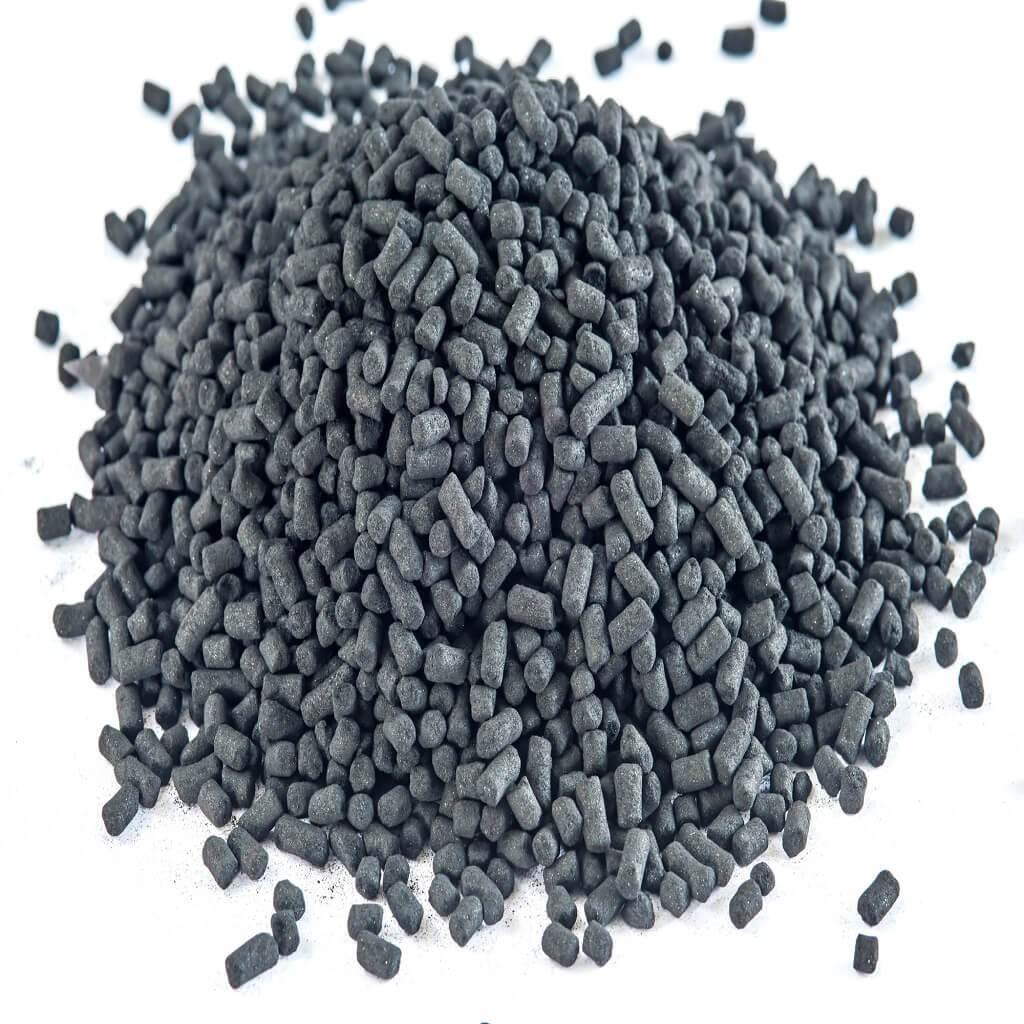
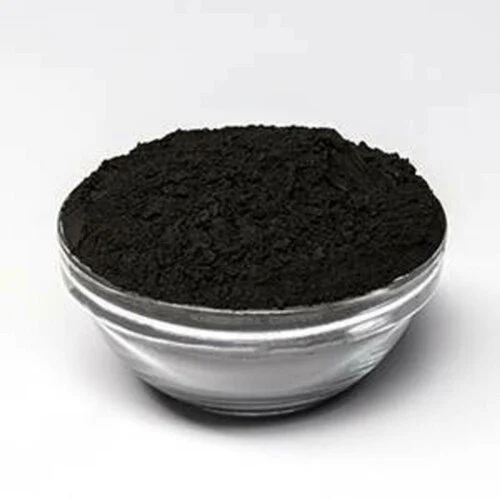

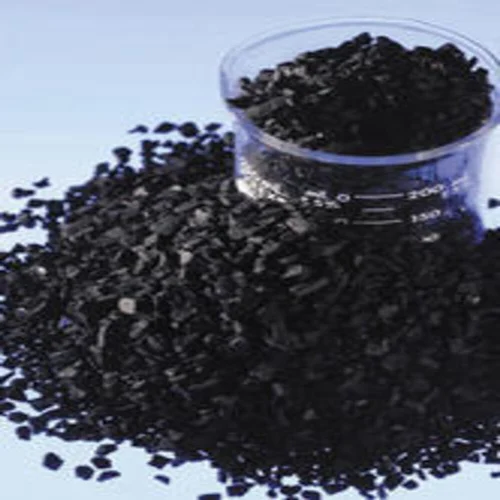
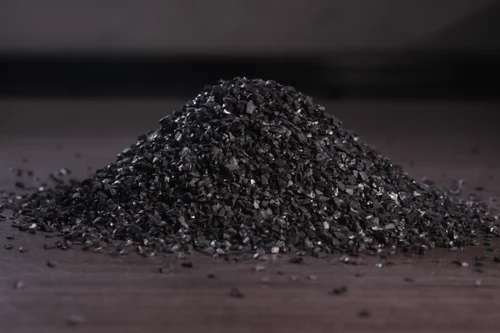
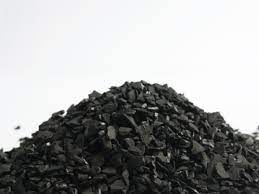



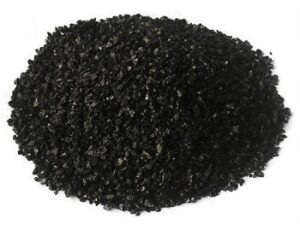
Reviews
There are no reviews yet.